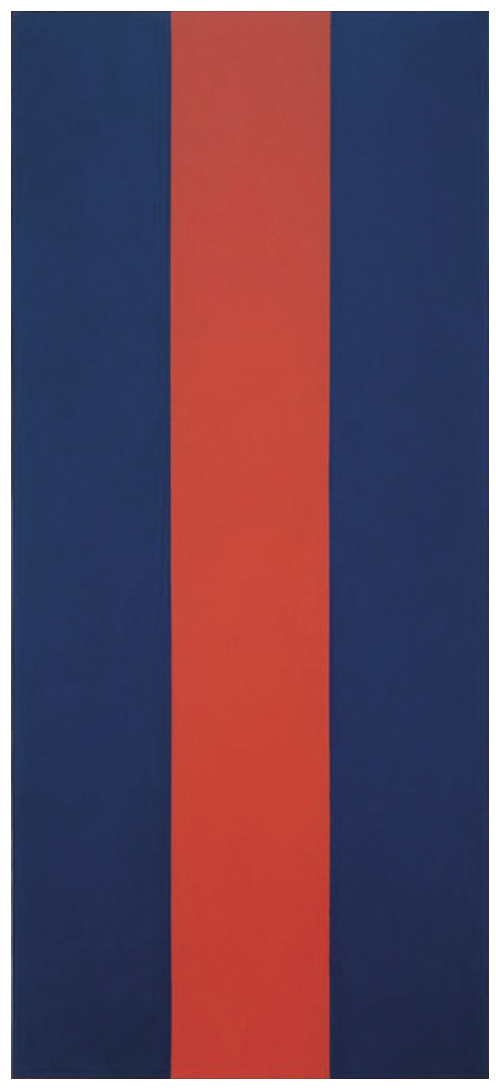7.5: Minimalism
- Page ID
- 54360
Minimalism is a movement that began in New York during the 1960s, and it stands in stark contrast to much of the music of the early twentieth century. Minimalists composers sought to distill music down to its fundamental elements. Minimalist pieces were highly consonant (unlike the atonal music of earlier composers) and often relied on the familiar sounds of triads. Instead of featuring rhythmic complexity, minimalist composers established a steady meter. And, unlike twelve-tone music, which avoided repetition at all costs, minimalist composers made repetition the very focus of their music. Change was introduced very slowly through small variations of repeated patterns, and, in many cases, these changes were almost imperceptible to the listener. Arguably the most famous two composers of the minimalistic style were Stephen Reich (b.1936) and Philip Glass (b.1937). Glass composed pieces for small ensembles comprised of wind instruments, voices, or organ, while Reich’s music often featured various percussion instruments.
But minimalism wasn’t confined to the realm of music. In Barnett Newman’s (1905-1970) painting (Image 7.5.1) Voice of Fire (1967), we see that many of these same concepts of simplification applied to the visual arts. Minimalist painters such as Newman created starkly simple artwork consisting of basic shapes, straight lines, and primary colors. This was a departure from the abstract expressionists such as Jackson Pollack in the same way that Steve Reich’s compositions were a departure from the complexity of Arnold Schoenberg’s music. Steve Reich’s Music for 18 Musicians is a composition featuring eleven related sections performed by an unorthodox ensemble consisting of mallet instruments, women’s voices, woodwinds, and percussion. Section VII below is constructed of a steady six-beat rhythmic pattern that is established at the beginning of the piece. Over this unfaltering rhythmic pattern, various instruments enter with their own repeated melodic motifs. The only real changes in the piece take place in very slow variations of rhythmic density, overall texture, and instrumental range. All of the melodic patterns in the piece fit neatly into a simple three-chord pattern, which is also repeated throughout the piece. Most minimalistic pieces follow this template of slow variations over a simple pattern. This repetition results in music with a hypnotic quality, but also with just enough change to hold the listener’s interest.

|
LISTENING GUIDE For audio, go to: |
| Composer: Steve Reich |
| Composition: Music for 18 Musicians |
| Date: 1976 |
| Genre: Minimalist Composition comprising eleven sections Performing |
| Forces: orchestra |
| Timing | Performing Forces, Melody, and Texture |
| 0:00 |
Six-beat motif repeated by marimbas, mallet percussion, pianos and shaker. Steady meter is established throughout the piece. Only the texture changes. Single tonic minor chord. |
| 0:20 |
Strings, woodwind and voices enter with repeated motif, creating a more dense texture. Mallet percussion, pianos, shaker, strings, women's voices and clarinets |
| 0:40 |
Vibraphone enters, voice, woodwind and string parts begin to change, rising and becoming more dense. Underlying three-chord motif is established and repeated. |
| 3:05 | Piece has reached its apex. From here the string, voice, and woodwind melody slowly descends and becomes less rhythmically dense. |
| 3:40 |
Piece returns to original texture of mallet instruments. mallet percussion, pianos, and shaker with simple closing melody played by vibraphone. Returns to single minor chord. |


